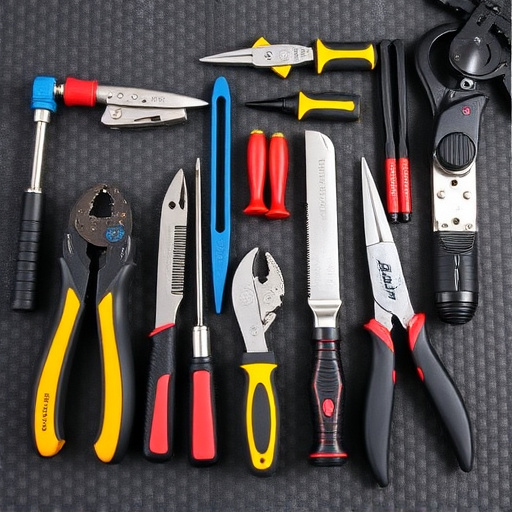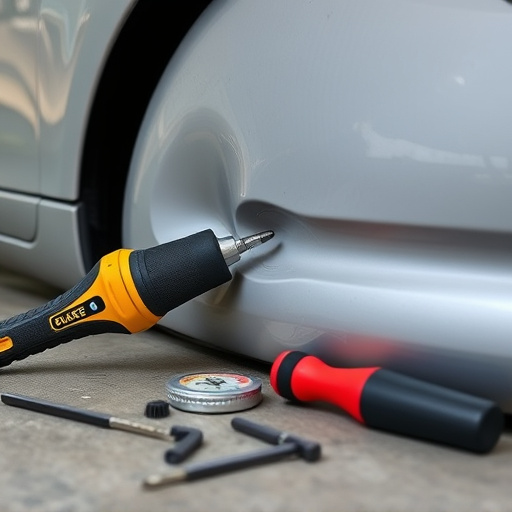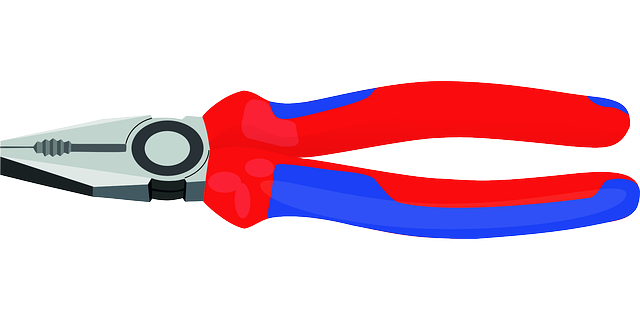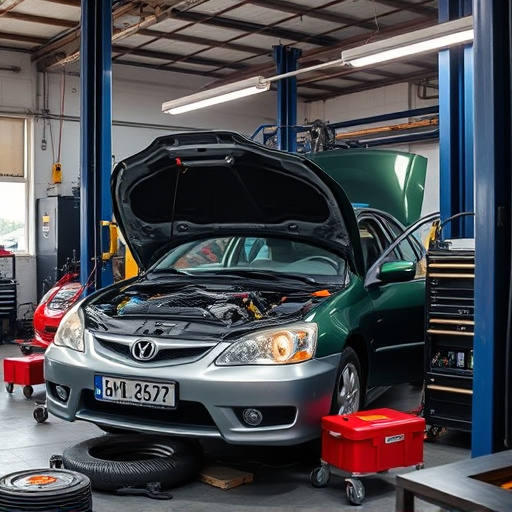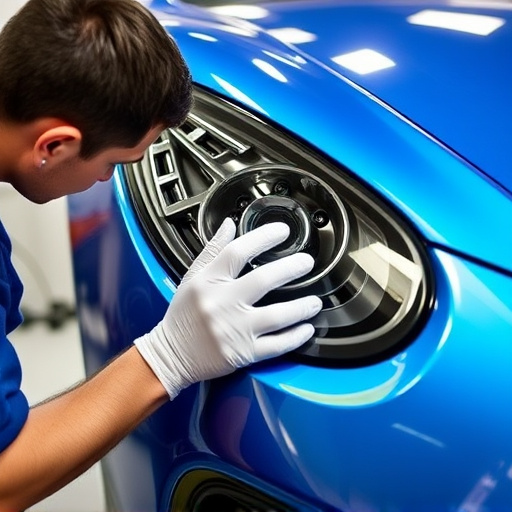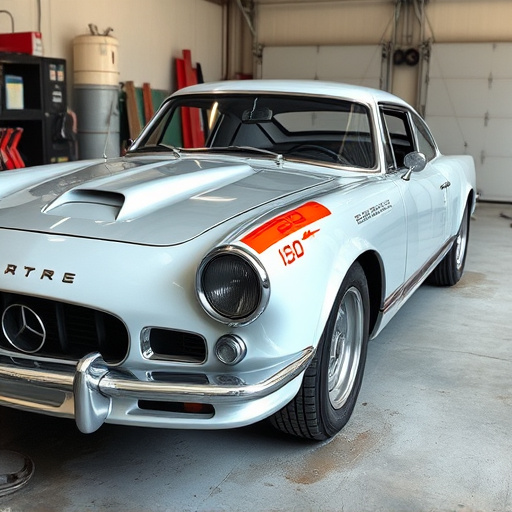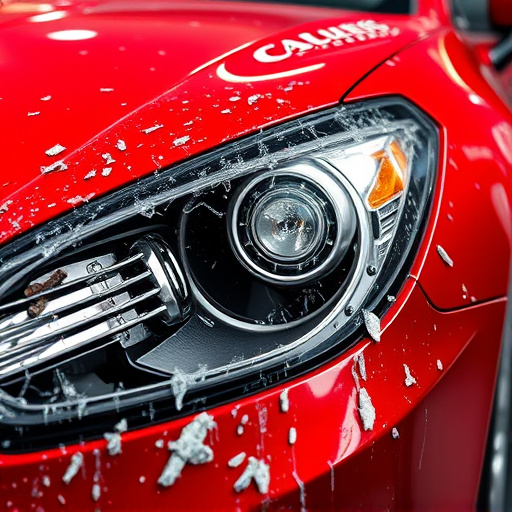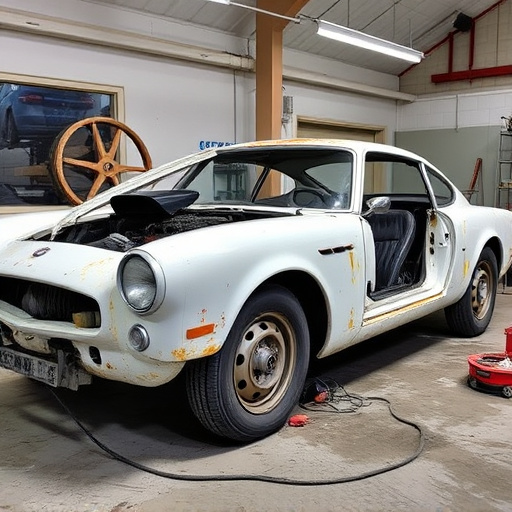Remanufactured collision parts are cost-effective alternatives to new ones, offering safety and reliability without sacrificing environmental sustainability. They undergo rigorous quality control, including meticulous inspections and testing, to ensure they function like new. Integrating these parts requires focusing on safety, using specialized tools, training, and adherence to standards for optimal performance and minimal risks.
In today’s automotive industry, remanufactured collision parts are a growing trend, offering cost-effective solutions for vehicle repairs. However, proper handling is crucial to ensure safety and longevity. This article delves into the best practices for managing these parts effectively, from understanding key definitions to implementing rigorous quality control measures and assessing integration strategies. By following these guidelines, professionals can maximize the benefits of remanufactured collision parts while prioritizing customer safety and vehicle performance.
- Understanding Remanufactured Collision Parts: Key Definitions
- Assessment and Quality Control Measures for Accuracy
- Integration, Safety, and Longevity: Best Practices in Use
Understanding Remanufactured Collision Parts: Key Definitions
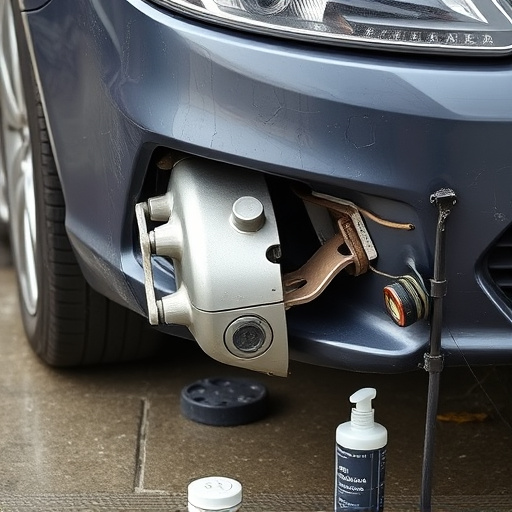
Remanufactured collision parts refer to vehicle components that have been salvaged, disassembled, repaired, and reassembled to meet original equipment manufacturer (OEM) specifications. This process involves meticulous attention to detail, ensuring that every part functions as if it were new. Key terms in this context include remanufacturing, which is the actual process of rebuilding or restoring a part to its original condition, and collision repair, which is the art and science of restoring damaged vehicles to their pre-accident state.
Understanding these definitions is crucial when considering the benefits of using remanufactured collision parts. Unlike traditional replacement parts that might not always offer the same level of quality and performance, remanufactured parts provide an economical alternative without compromising on safety or reliability. Moreover, opting for these parts can also support environmentally conscious consumers, as they help reduce automotive waste and promote sustainable car repair services, including paintless dent repair techniques that further minimize environmental impact while maintaining aesthetics in the auto body shop.
Assessment and Quality Control Measures for Accuracy
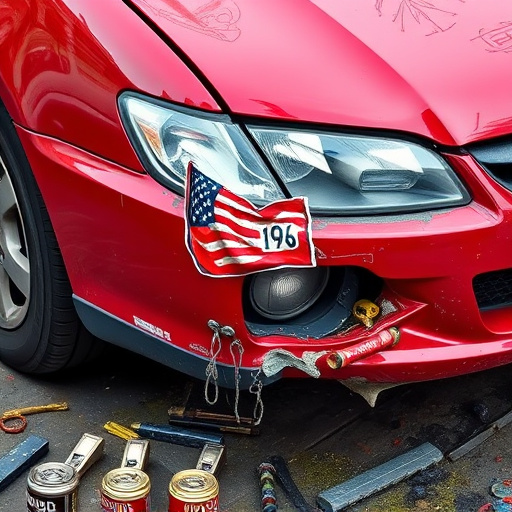
Accurate assessment and stringent quality control measures are paramount when handling remanufactured collision parts. To ensure these parts meet the highest standards, a thorough inspection process is essential. This involves meticulous examination of each component, focusing on structural integrity, dimensional accuracy, and surface finishes. For instance, in cases of paintless dent repair, specialized tools and techniques are employed to assess and rectify dents without affecting the surrounding vehicle bodywork.
Quality control measures include rigorous testing and validation procedures that mimic real-world conditions. This may involve simulating collision scenarios or utilizing advanced technology for precise measurements. By adhering to these practices, collision repair services can guarantee that remanufactured parts not only look original but also perform as such, ensuring customer satisfaction and safety on the road.
Integration, Safety, and Longevity: Best Practices in Use

When integrating remanufactured collision parts into car body repair processes, it’s crucial to prioritize safety and longevity for both vehicles and technicians. These parts, if not handled correctly, can pose risks during installation and lead to future mechanical issues. Best practices involve thorough inspection, ensuring parts meet specific quality standards, and adhering to manufacturer guidelines. Using remanufactured collision parts in Mercedes Benz collision repair or any car repair services requires a deep understanding of their history and proper handling techniques.
To guarantee safety and longevity, technicians should employ specialized tools and equipment designed for these parts. Regular training on identifying potential issues and proper installation methods is essential. Moreover, maintaining accurate records of remanufactured collision parts used in various car body repair processes facilitates traceability, enabling quick identification and resolution of any problems that may arise.
Proper handling of remanufactured collision parts is paramount to ensuring safety, longevity, and quality in automotive repairs. By understanding the definitions, implementing rigorous assessment and quality control measures, and adhering to best practices during integration, professionals can maximize the benefits of using remanufactured parts, ultimately fostering a more efficient and sustainable automotive industry.
